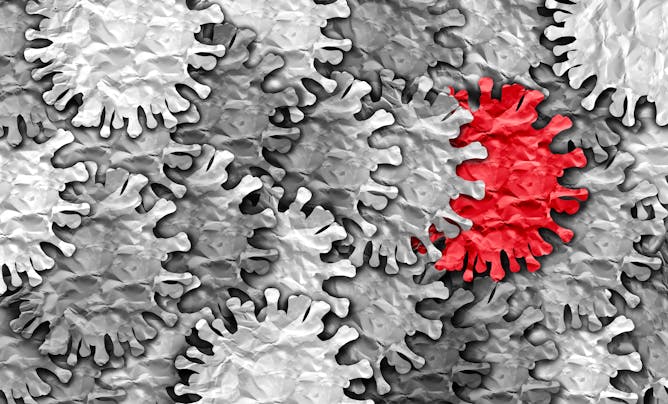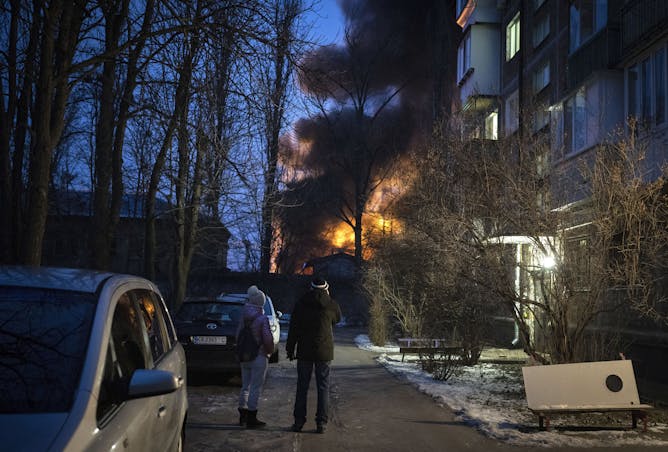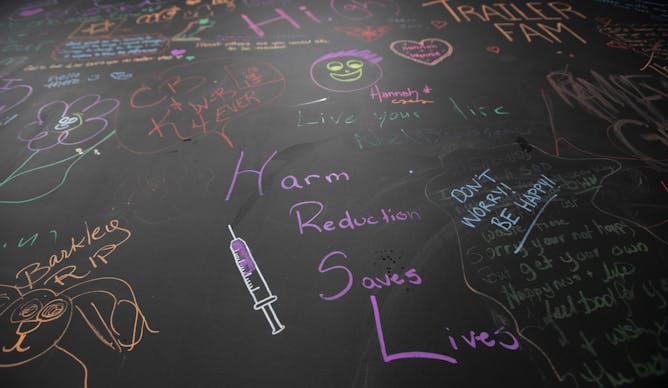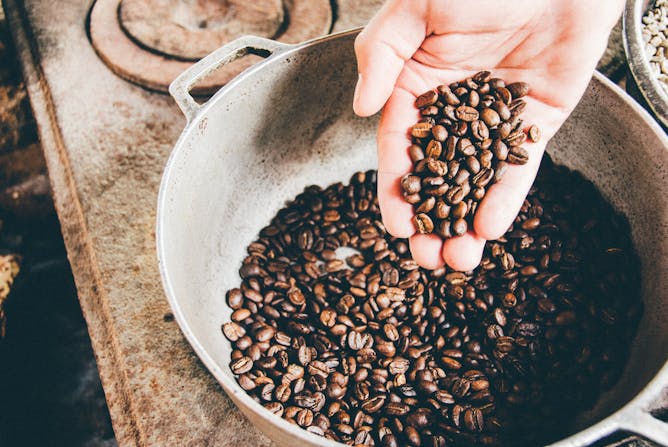|
The latest COVID-19 subvariant has a fancy pedigree: it’s the outcome of genetic recombination, when a patient was simultaneously infected with two earlier Omicron subvariants. The result is a highly transmissible new subvariant that’s awfully good at evading vaccines and treatments, and is poised to become the dominant strain.
Today in The Conversation Canada, Sameer Elsayed of Western University answers frequently asked questions about XBB.1.5, including what it is, where it’s circulating, how serious it is, how to protect yourself and why it’s best to call it XBB.1.5 rather than its nickname, “The Kraken.”
Also today:
Regards,
|

XBB.1.5 is rapidly spreading across the globe and will likely become the next dominant COVID-19 subvariant.
(Shutterstock)
Sameer Elsayed, Western University
The XBB.1.5 subvariant — nicknamed ‘Kraken’ — is arguably the most genetically rich and most transmissible SARS-CoV-2 Omicron subvariant yet.
|

Residents watch a burning infrastructure project hit during a massive Russian drone night strike in Kyiv, Ukraine, in December 2022.
(AP Photo/Efrem Lukatsky)
James Horncastle, Simon Fraser University
With electricity in Ukraine constantly disrupted by Russian attacks, the Ukrainian population faces a difficult choice — to remain in the country under such conditions, or flee abroad.
|

Montessori education encourages split grades, and as a school with low enrolment numbers, it already had teachers teaching multiple grades in a single class.
(Shutterstock)
Sylvia Bell, Thompson Rivers University
Building trusting relations among teachers, parents, a community and school administrators is important when schools enter decision-making processes about programs of choice.
|

A wall at a supervised consumption site in Ottawa is decorated with notes written in chalk.
THE CANADIAN PRESS/Adrian Wyld
Carolyn Greene, Athabasca University; Katharina Maier, University of Winnipeg; Marta-Marika Urbanik, University of Alberta
Supervised consumption sites provide essential community connections and services for those who use them. By closing them, governments are risking the welfare of people who use drugs.
|

Les scientifiques affirment que le gaspillage de café et d'eau lors de la préparation d'une tasse de café a une empreinte carbone plus importante que l'utilisation de capsules de café.
(Unsplash)
Luciano Rodrigues Viana, Université du Québec à Chicoutimi (UQAC); Charles Marty, Université du Québec à Chicoutimi (UQAC); Jean-François Boucher, Université du Québec à Chicoutimi (UQAC); Pierre-Luc Dessureault, Université du Québec à Chicoutimi (UQAC)
L’empreinte carbone du mode de préparation est fortement influencée par la quantité de café utilisée et l’intensité carbone de l’électricité nécessaire au fonctionnement des appareils électriques.
|
Arts
|
-
James O'Sullivan, University College Cork
An expert discusses how much of his coauthored novels former president Bill Clinton wrote himself, compared to his wife and fellow novelist, Hillary Clinton.
|
|
Politics
|
-
Shireen Hassim, Carleton University
A younger generation of feminists will remember her, above all, for her remarkable championing of the struggle against patriarchy.
|
|
Science + Tech
|
-
Laura Buck, Liverpool John Moores University; Kyoko Yamaguchi, Liverpool John Moores University
Hate winter? The answer may lie in our evolutionary history.
|
|